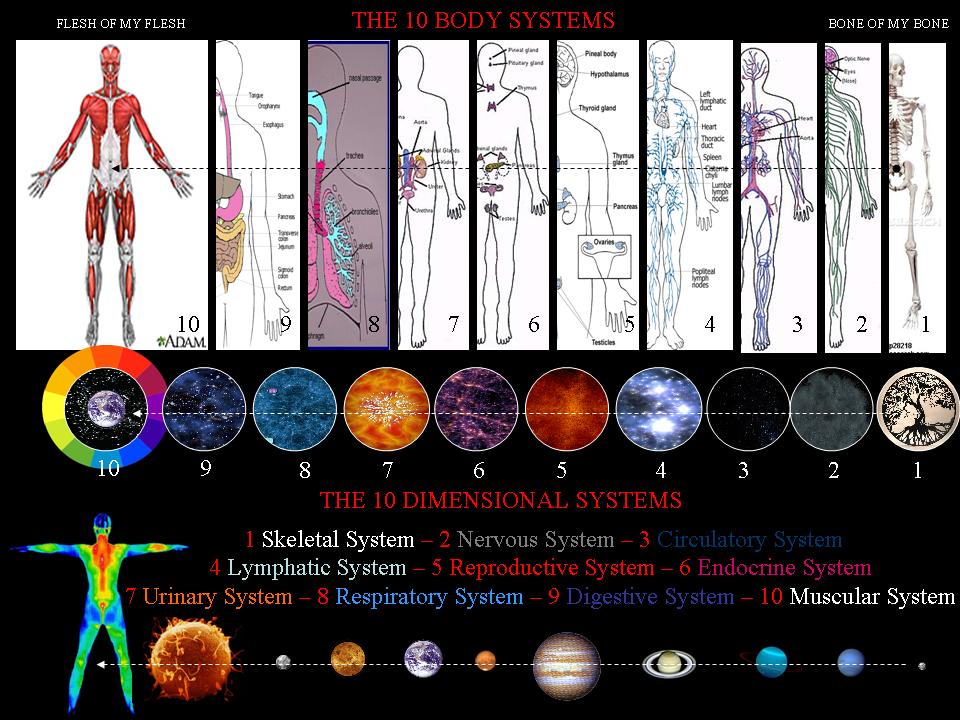


We explain how we know that population growth is coming to an end, and present projections of the drivers of population growth. The world population growth rate declined from 2.2% per year 50 years ago to 1.05% per year.įuture population growth – This article focuses on the future of population growth. The world population increased from 1 billion in 1800 to 7.7 billion today. I discuss these mechanisms before exploring the implications they have for opposing the present economic regime.When and why did the world population grow? And how does rapid population growth come to an end? These are the big questions that are central to this research article. Three institutional mechanisms, fuelling bureaucratisation in ostensibly pro-market environments. Furthermore, this counterintuitive symbiosis is realised through A Hayek, I argue that economic libertarianism is often contingent on a particular spirit of administration, justification for which can be found in the 'fine print' of Hayek among others. Despite this acknowledgement, the precise mechanisms involved remain obscure.įocusing mainly on the writings of F. 114-128Ĭommentators have observed how neoliberal capitalism – contrary to the official narrative – frequently correlates with enthusiastic bureaucratisation, and perhaps has done so from its inception.


 0 kommentar(er)
0 kommentar(er)
